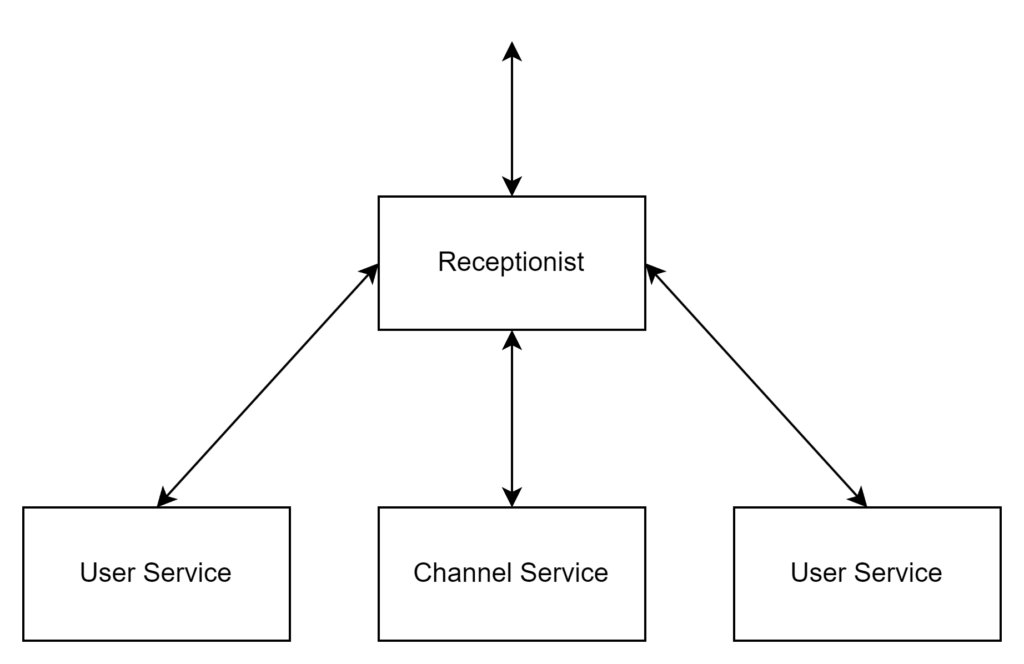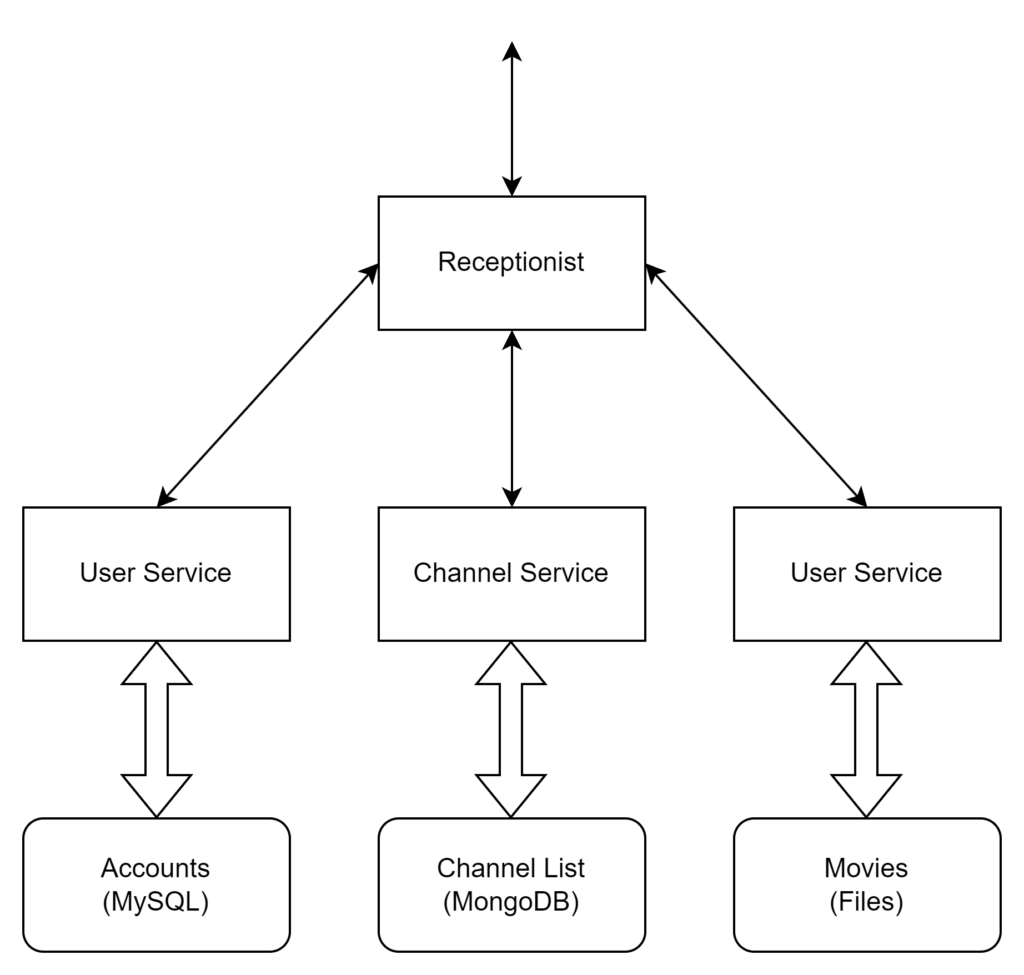If we take Netflix as an example for SNAKE princile.
Scenario:
Step 1: Enumerate
- Register/Login
- Play movie
- Movie recommendation
Step 2: Prioritize
- Play movie:
- Get channels
- Get movies in channels
- Play a movie in channel
Necessary:
Step 1: Ask
What’s the target DAU? For example: 5 millions
Step 2: Predict
User:
- Average concurrent users = daily active users / daily seconds * average oneline time
- Average concurrent user = 5,000,000 / (24*60*60) * (30*60) = 104,167
- Peak users = average concurrent users * 6 = 625,000
- Max peak users in 3 months = peak users * 2 = 1,250,000
Traffic:
- Traffic per user = 3mpbs
- Max peak traffic 1,250,000 * 3mpbs = 3.75Tb/s
Memory:
- Memory per user = 10KB
- Max daily memory = 5,000,000 * 2 * 10 = 100GB
Storage:
- Total movie = 14,000
- Movie storage = total movie * average movie size = 14,000 * 50 GB = 700TB
- Each movie may have different resolutions, so total can be counted around like 50GB
Application: serivce/algorithm
- Step 1: Replay the case, add a service for each request
- Step 2: Merge the services

Kilobit: data
- Step 1: Append dataset for each request below a service
- Step 2: Choose storage types

Evolve:
- Step 1: Analyze
- with
- Better: constrains – catch up new constrains
- Broader: new cases – implement new use cases
- Deeper: details – better performance and details
- from the views of
- Performance
- Scalability
- Robustness
- with
- Step 2: Go back by evolving accordingly

搶先發佈留言